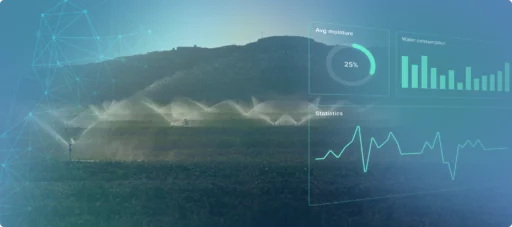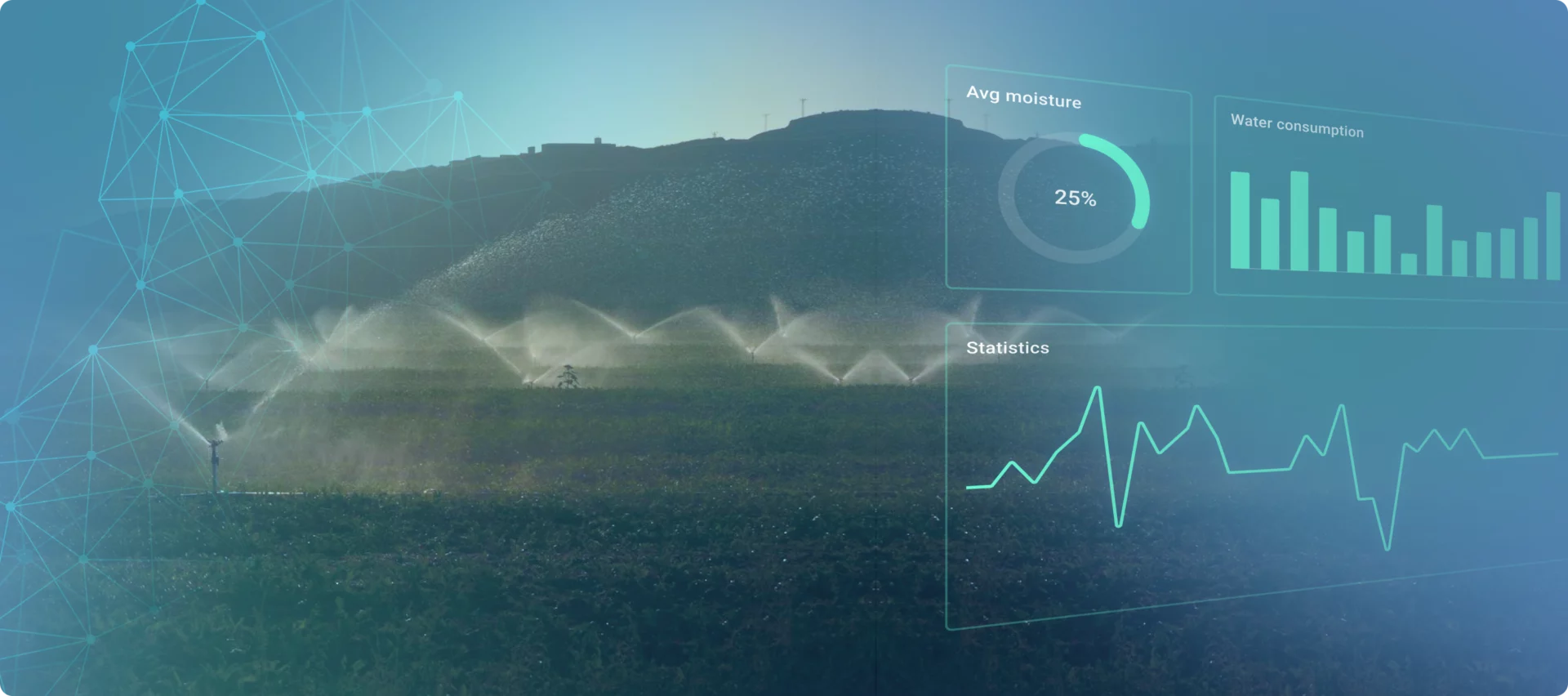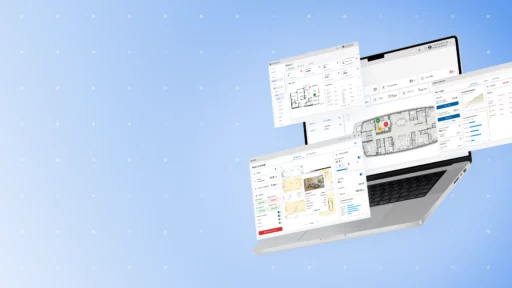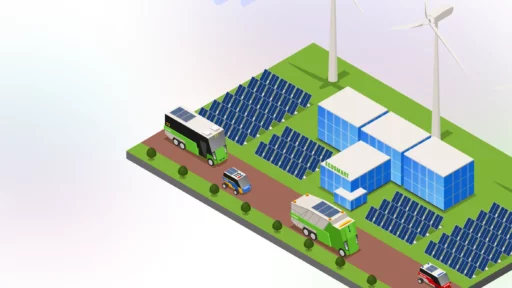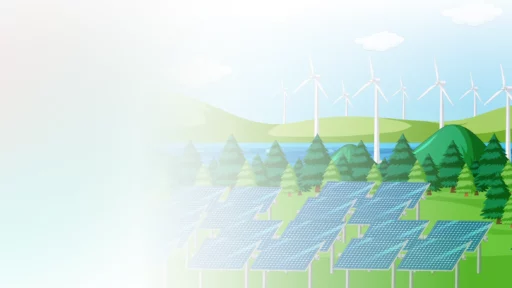The Subject
Modern agriculture faces increasing challenges due to water deficiency and rising global food demands. A recent study, accessible here, highlights the potential of ThingsBoard as a foundation for creating a scalable and efficient smart irrigation system. Researchers have developed a system that integrates advanced technologies such as embedded systems, cloud computing, and telemetry data to manage irrigation effectively in real-time.
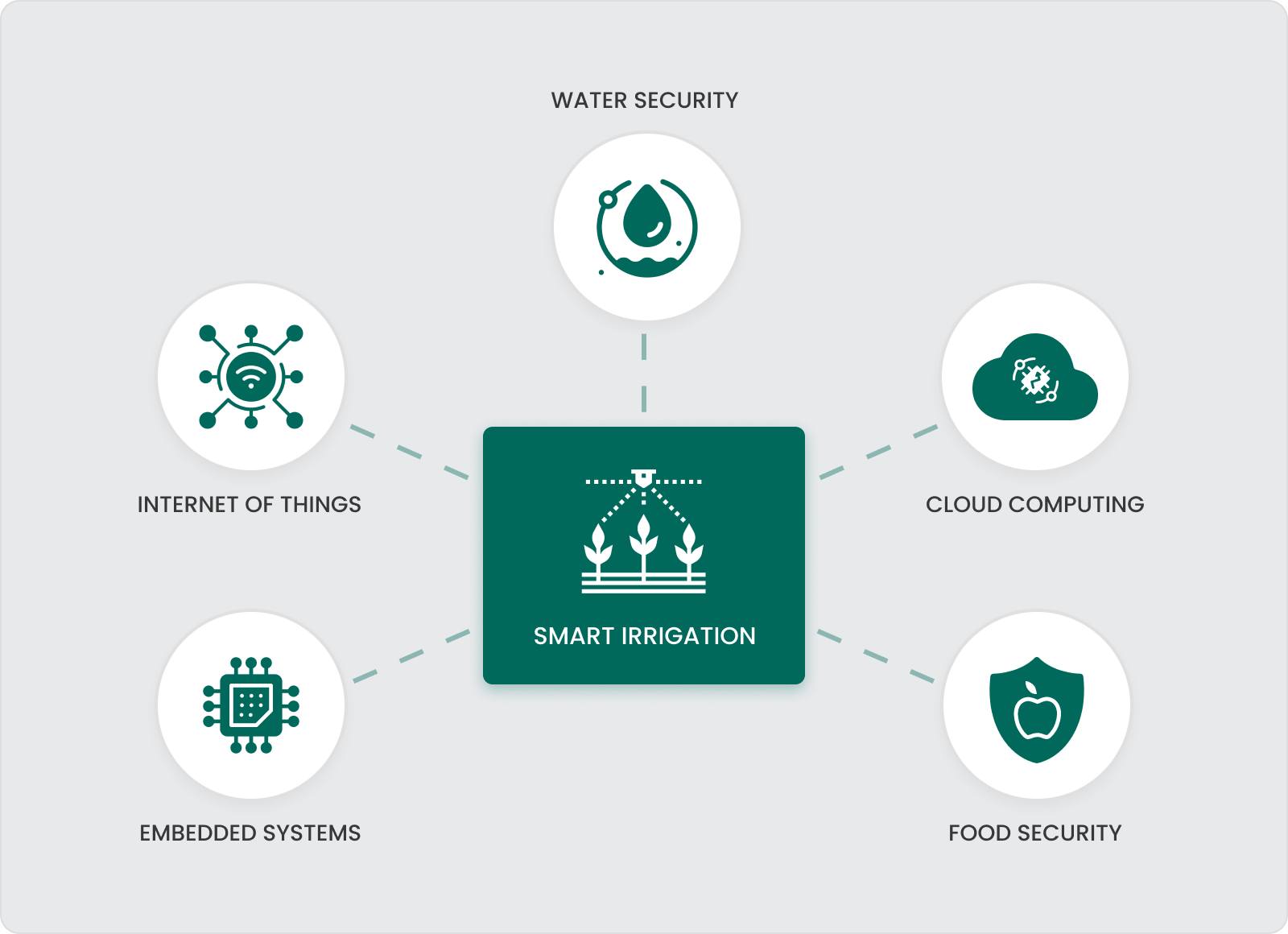
How It Works
The system is built around a three-layer architecture:
- Sensors and Devices: These are the system’s eyes and ears. Sensors (like DHT22 for temperature and humidity or soil moisture sensors) collect crucial data from the field. An ESP32 microcontroller processes this information and sends it securely to the cloud via HTTP.
- ThingsBoard Cloud: This is the brain of the operation. ThingsBoard manages the data, applies automation rules (like starting irrigation pumps when the soil gets too dry), and ensures everything runs smoothly.
- User Dashboard: The dashboard is where all the data comes to life. As a result, farmers get real-time charts and widgets showing temperature, moisture, water levels, and more. Plus, automated email alerts keep users informed about critical events.
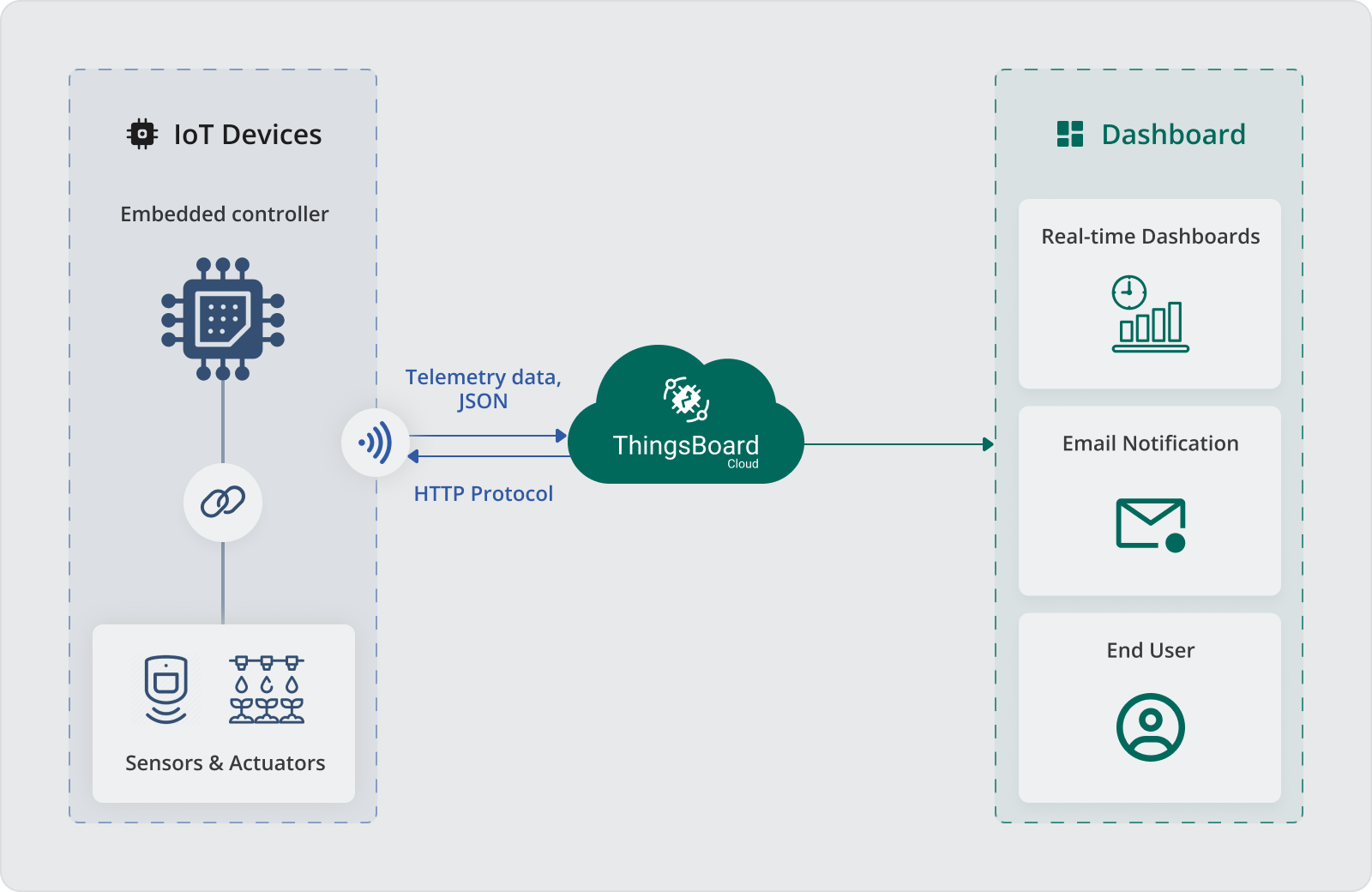
A key feature of this system is its smart algorithm. It analyses data from sensors to determine when and how much water is needed, ensuring efficient irrigation and avoiding waste. The system automates pump activation based on predefined thresholds and provides email notifications to alert farmers of any critical conditions, such as low water levels or irregularities in the system’s operation.
Real-Life Success
The research team tested the system in Fez, Morocco, where it showed significant improvements in water management. By calibrating sensor data and making real-time decisions, the system reduced water waste and enhanced crop productivity. The use of ThingsBoard’s visualisation tools allowed farmers to track changes in environmental conditions effectively and adjust irrigation practices accordingly.
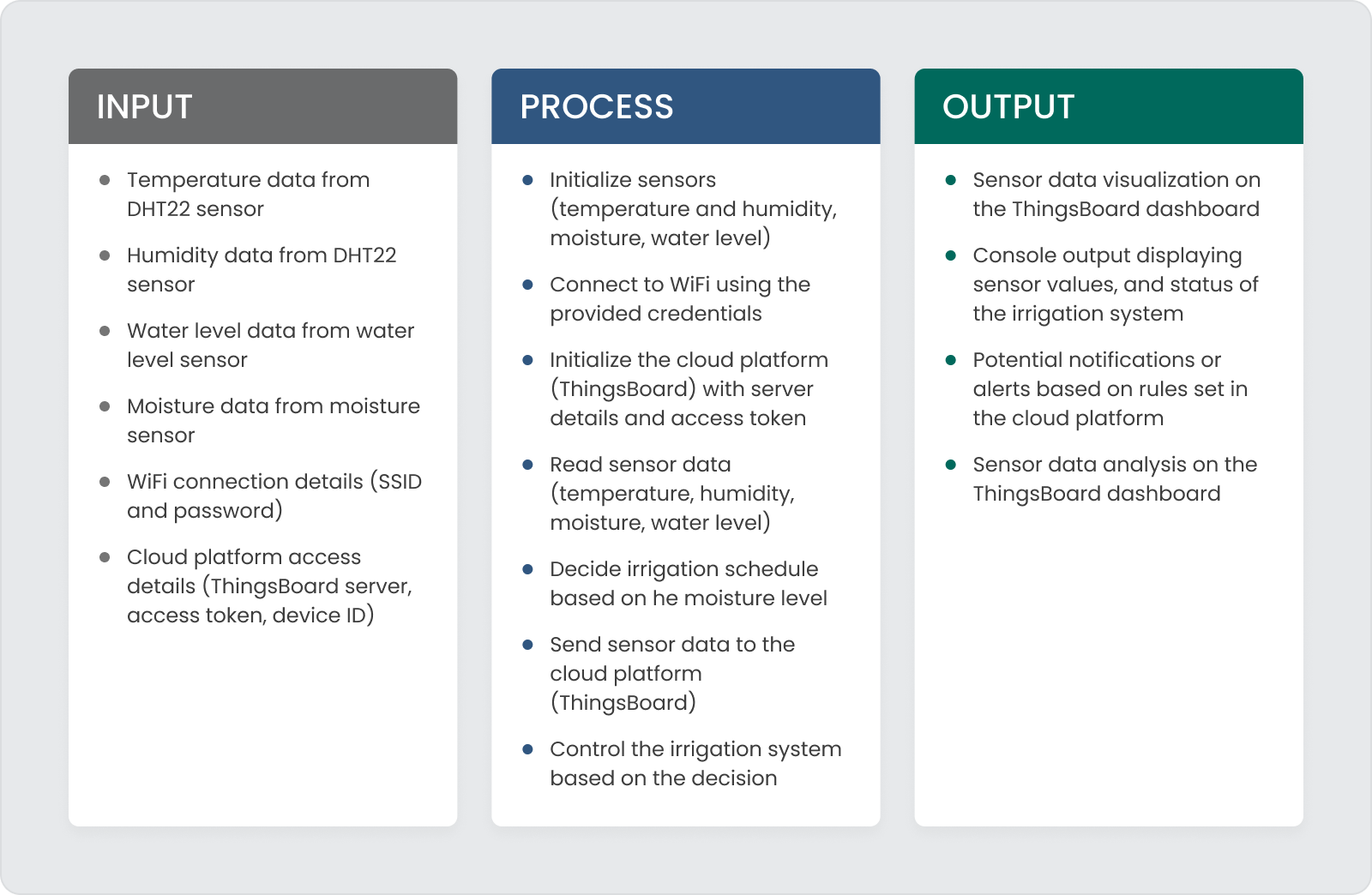
This approach offers a scalable and adaptable solution for regions with diverse climates and agricultural requirements. By integrating real-time monitoring, cloud computing, and automation, it addresses key challenges in water conservation and productivity in agriculture.
Why ThingsBoard Stands Out
By integrating ThingsBoard’s robust cloud platform with IoT technology, this research offers a scalable solution to water management in agriculture. Its ability to provide precise, automated, and real-time irrigation control demonstrates its relevance for tackling global challenges in food security and sustainability.
ThingsBoard also offers Irrigation Management and Water Metering solution templates right out of the box. These templates make it super easy for any ThingsBoard user to create and customise their own irrigation system, saving time and effort.
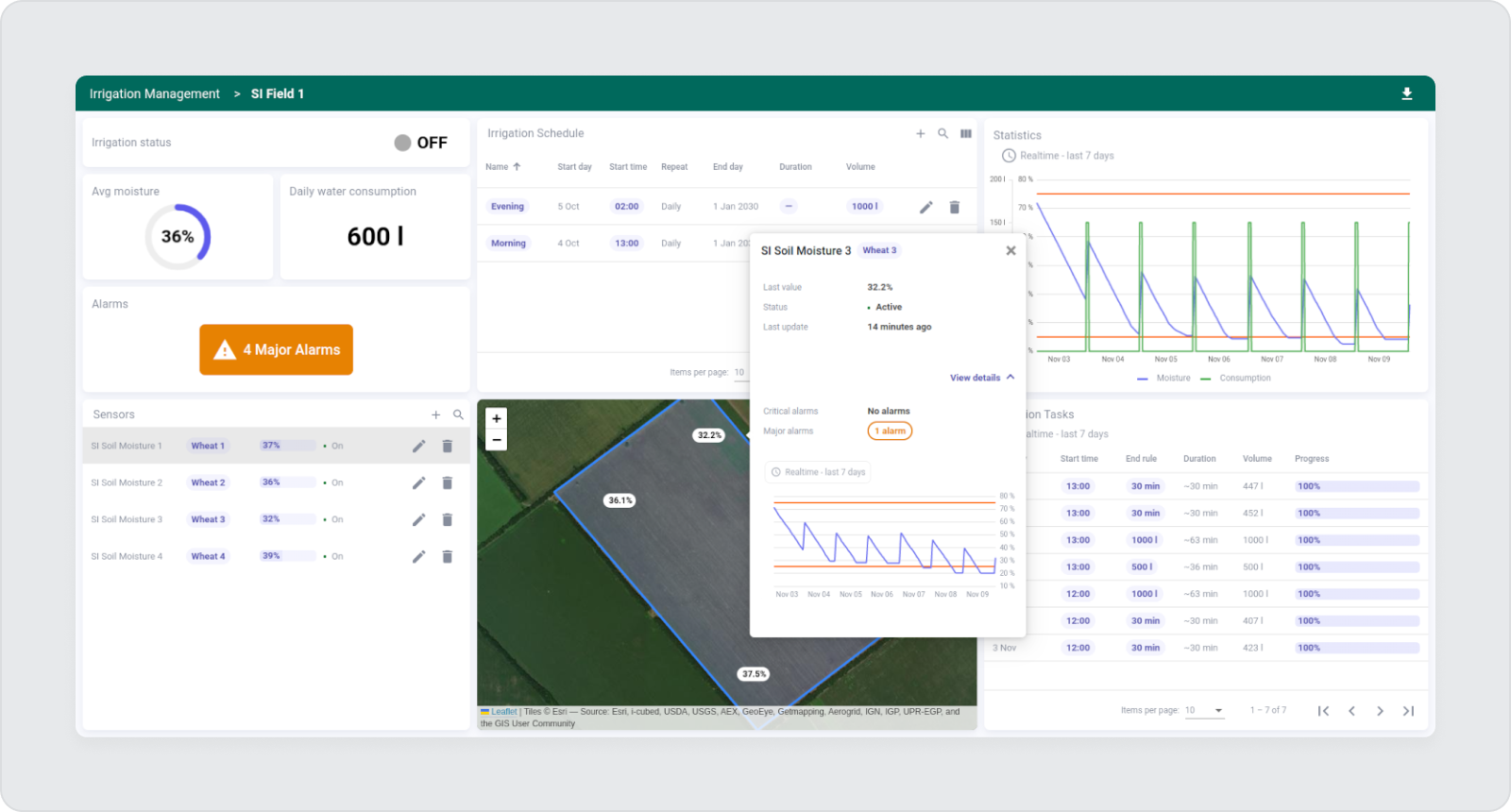
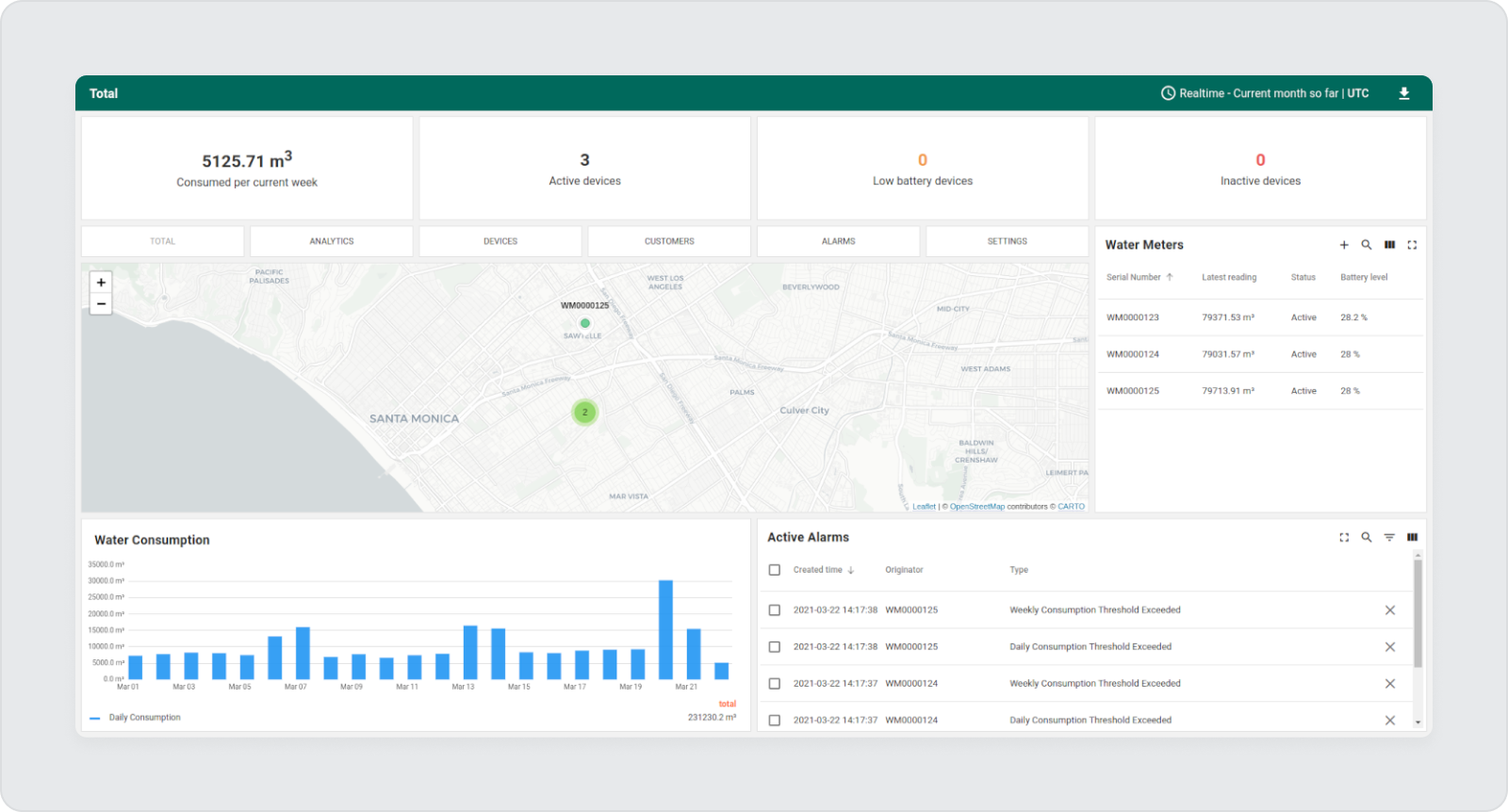
Conclusion
ThingsBoard bridges the gap between technology and agriculture, helping to solve today’s challenges and laying the groundwork for a more sustainable and resource-efficient future. It’s a powerful platform for creating innovative and scalable solutions, like the smart irrigation system detailed in this research. Advanced rule engine, intuitive dashboards, and out-of-the-box Solution Templates empower users to tailor system to their specific needs.
Whether it’s water conservation, crop productivity, or operational efficiency, ThingsBoard enables the full potential of IoT computing.
For more details on the study, refer to the full research here.
